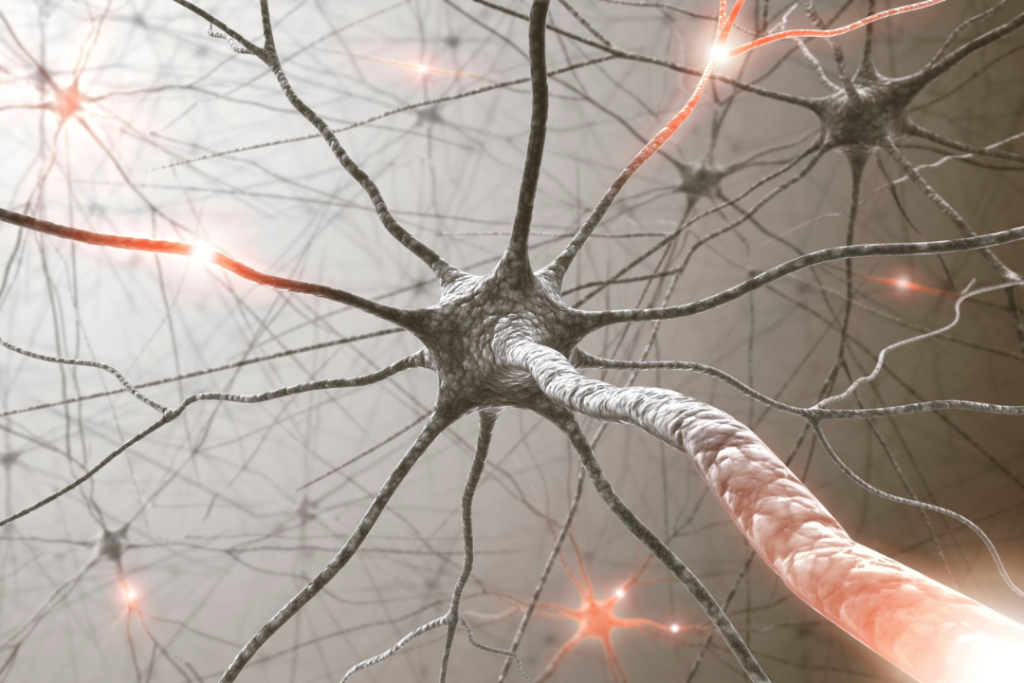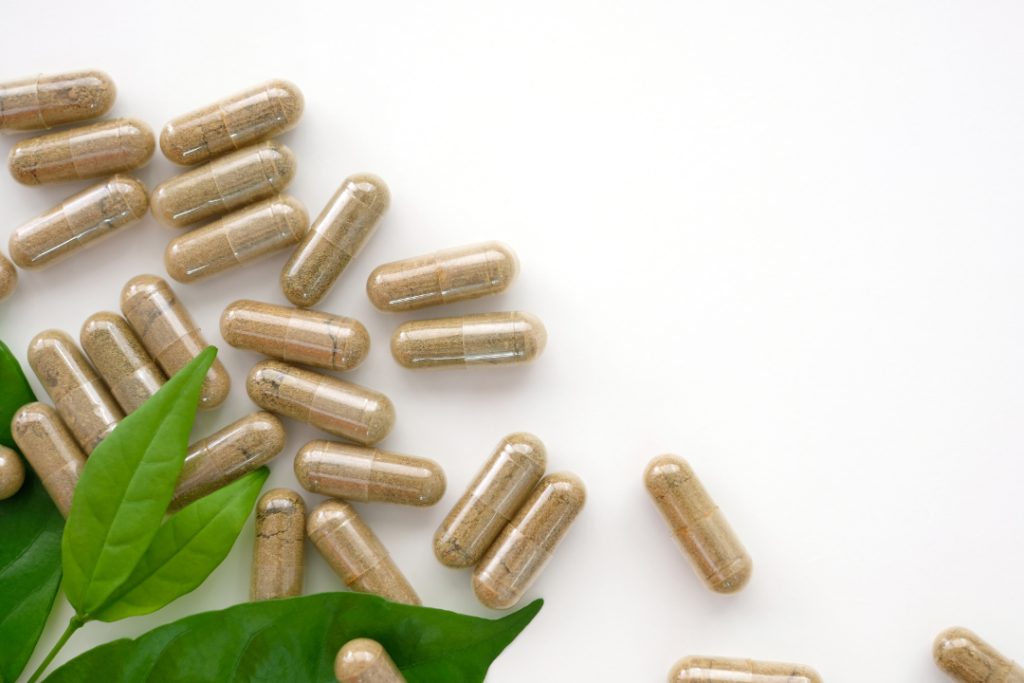The latest health tips, recipes and wellbeing inspiration from our team at The Remedy Room

Pain management is a critical concern for many people dealing with chronic pain conditions. While traditional medications and therapies are commonly used, there is growing interest in alternative approaches that offer natural relief. One such alternative is palmitoylethanolamide (PEA), a naturally occurring fatty acid amide that has shown promise in managing pain. In today’s article, we’ll explore what PEA is, how it works, and how it’s applied for pain relief especially when used in combination with black pepper extract, Piper longum.
Firstly, what is Palmitoylethanolamide (PEA) and how does it relieve pain?
Palmitoylethanolamide (PEA) is a lipid mediator that is naturally produced in the body. It belongs to a class of compounds known as endocannabinoids, which are involved in regulating various physiological processes. PEA is derived from palmitic acid, a common fatty acid found in many foods, and is known for its anti-inflammatory and analgesic properties. PEA exerts its pain-relieving effects through several mechanisms:
Modulation of Inflammatory Responses
PEA has potent anti-inflammatory properties. It works by reducing the production of pro-inflammatory cytokines and inhibiting the activation of inflammatory cells. This helps decrease the inflammatory response, which is often a major contributor to pain. A study published in Frontiers in Pharmacology demonstrates that PEA can significantly reduce inflammation and associated pain by modulating immune system activity (Iannotti et al., 2016).
Interaction with Endocannabinoid System
Although PEA is not a cannabinoid itself, it interacts with the endocannabinoid system, particularly with receptors such as the peroxisome proliferator-activated receptor-alpha (PPAR-α). Activation of these receptors by PEA can modulate pain perception and inflammatory processes. Research in the Journal of Neuroinflammation highlights that PEA’s interaction with PPAR-α can influence pain pathways and provide relief (Petrosino et al., 2016).
Neuroprotective Effects
PEA also exhibits neuroprotective properties, which can be beneficial in managing neuropathic pain. It helps protect nerve cells from damage and supports their repair, which is crucial in conditions like diabetic neuropathy and postherpetic neuralgia. A study in Neuropharmacology found that PEA promotes nerve regeneration and reduces neuropathic pain (Parolaro et al., 2014).


References

Jessie Johns is a Clinical Nutritionist at The Remedy Room that has a deep understanding of how the food we eat impacts our health and wellbeing. She believes that consistently meeting the body’s nutritional requirements with adequate wholefoods is fundamental in not only restoring good health, but to truly heal the body and thrive.
To learn more about Jessie click here
The Remedy Room recognises the Bundjalung of Byron Bay Arakwal people, the Minjungbal people and the Widjabul people as Traditional Owners and custodians for parts of the Byron Shire